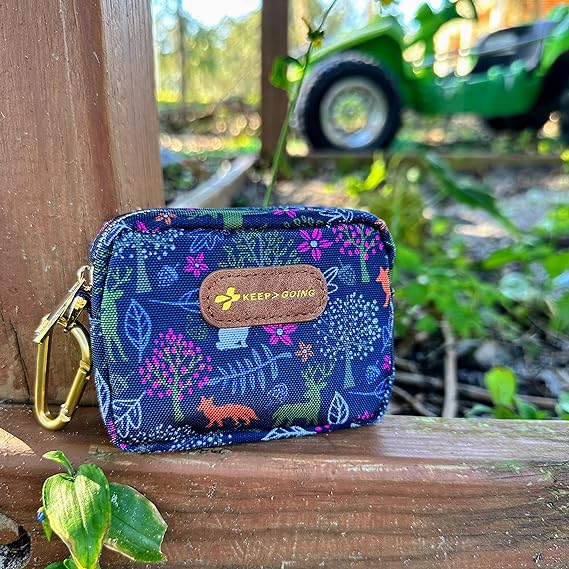
If you’ve ever dreamed of a vegetable garden that looks as magical as a flower bed, I have the perfect book for you.
You know how some gardens feel like quiet little patches of green? Lovely, but… a little predictable? Well, Sandra Mao (@sandra.urbangarden) wants us to throw out that rulebook and embrace the color! Her brand-new book, Vibrant Harvest: Cultivating a Kaleidoscope of Colors in Your Vegetable Garden with Heirlooms, Modern Hybrids, and More, arriving December 2, is the most joyful gardening guide I’ve read in ages.
It’s part inspiration, part education, and completely gorgeous, a celebration of purple tomatoes, pink beans, magenta potatoes, speckled lettuces, and all the edible wonders that make gardening feel like art.
🌿 A Book That Will Change the Way You Garden
What I love most about Vibrant Harvest is how approachable it is. Sandra doesn’t just tell you what to plant , she shows you how to bring color, creativity, and personality into every inch of your garden, whether you’re working with a raised bed, a few pots on the patio, or an entire backyard plot.
Her mantra says it all:
“Vegetable gardens absolutely don’t have to be boring plots of green!”
Yes, please.
The book is organized into four easy-to-follow sections that take you from dreaming to harvest:
- Choose Your Plants – 42 dazzling vegetable profiles, organized by season and edible part (I already have my eye on the purple cauliflower and candy-striped beets).
- Plan & Start Your Garden – Site selection, soil prep, seed starting, and transplanting, Sandra walks you through it all.
- Care for Your Garden – Watering, feeding, pruning, staking, and trellising, written with the kind of real-life advice only an experienced gardener can give.
- Pick, Preserve & Prepare Your Harvest – Smart tips on harvesting, storing, and even cooking your colorful bounty.
It’s the kind of guide that makes you want to run outside, dig your hands into the soil, and start planting something beautiful.
🌸 Why I’m Adding It to My Holiday Gift List
Every year I try to give at least one gift that inspires someone to slow down and reconnect with nature, and Vibrant Harvest is exactly that kind of gift.
It’s perfect for:
- The friend who’s already planning next spring’s seed order.
- The foodie who loves photographing their meals (rainbow carrots, anyone?).
- The eco-lover who believes homegrown always tastes better.
- Or honestly, yourself, because who couldn’t use a little more color (and joy) right now?
With 150 vivid photos and Sandra’s encouraging voice, it’s a reminder that gardening isn’t just about growing food, it’s about cultivating beauty, creativity, and connection.
🌱 From the Author’s Garden to Yours
Sandra’s own Southern California garden is a year-round rainbow, but what’s wonderful is that her guidance works for gardeners everywhere. Whether you’re in the warm sunshine of the South, the breezy coasts, or the mountain towns like mine here in North Carolina, you’ll find tips that match your growing zone.
And if you’ve ever struggled to keep your garden feeling inspired mid-season, this book will re-ignite that spark. It makes gardening feel like play again, messy, colorful, creative play that fills your kitchen with flavor and your heart with joy.
🌈 Grow Boldly, Eat Brilliantly
Vibrant Harvest reminds us that food can be both nourishing and beautiful, that a tomato can be as stunning as a bouquet, and that growing your own vegetables is one of the simplest ways to bring art into everyday life.
This holiday season, gift a little color, creativity, and inspiration, or keep it for yourself and start planning your most colorful garden yet.
Because why settle for a plain green garden when you can grow a kaleidoscope? 🌿💚










